The Dakota Access Pipeline and the Keystone XL Pipeline have both faced numerous hurdles in recent years as they moved toward completion. And while both have received renewed support since the November elections, neither pipeline has a smooth path ahead of it.
Dakota Access Pipeline
Constant protests along a portion of the proposed route of the Dakota Access Pipeline (DAP) made national headlines last year. In the end, the pipeline was completed, and it now transports oil more than 1,100 miles from North Dakota down to Illinois.
The major sticking point was the pipeline moving under Lake Oahe, the source of water for Native American groups in the area. After months of protests, the pipeline was completed along the proposed route.
Even through oil is now flowing freely, the pipeline is facing a new challenge, once again in the courts. Earlier this week a federal judge ruled that when the Trump administration approved the pipeline, it did not follow the required environmental procedures. The ruling will begin a new set of court dates and require officials to provide more analyses on the environmental impact of the pipeline.
The pipeline will continue to operate as normal, moving approximately 54,000 barrels of oil a day. However, the possibility remains that the pipeline could be shut down depending on how a judge perceives the follow-up analyses.
Keystone XL Pipeline
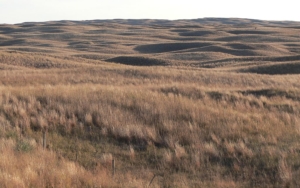
Nebraska Sandhills. By Ammodramus, via Wikimedia Commons
Similar to the DAP, the Keystone XL Pipeline system, was given a second life following the elections when President Trump approved the proposed pipeline portion that would travel from Canada to Nebraska.
Following the approval that overturned former President Obama’s denial of the Nebraska portion of the pipeline, several environmental groups have sued the Trump administration. In addition, the pipeline must still get one more permit from the state of Nebraska.
Many residents, farmers, and environmentalists are opposed to the pipeline because it would cross the Sandhills, prairie land that is important for Native Americans living in the area that also provides water to many farms. The Ogalla Aquifer is filled from water from the Sandhills, and the aquifer is used by nearly a third of the crops planted in the United States.
While opponents believe they can show how the pipeline is a danger to the water supply, TransCanada could be ordered by the Court to instead use land that is already housing another portion of the system. The pipeline would still be completed, but along a slightly different route.
Stay tuned on the blog, as we will have updates on both pipelines as they happen.

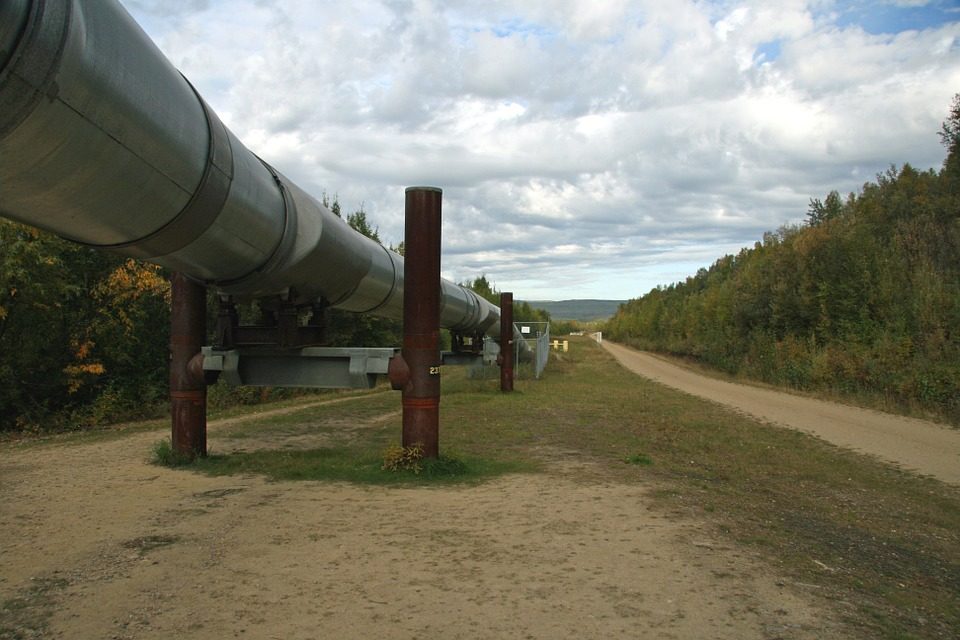

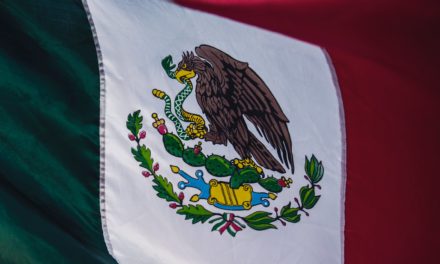
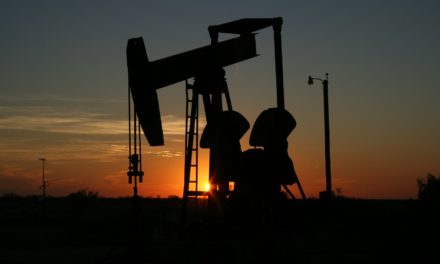
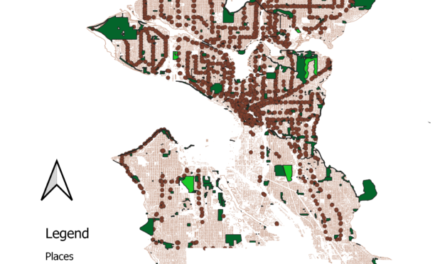
Recent Comments